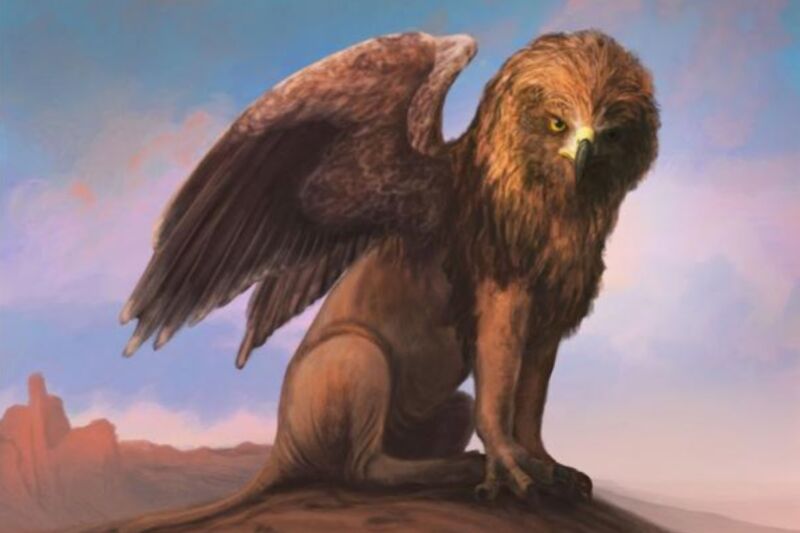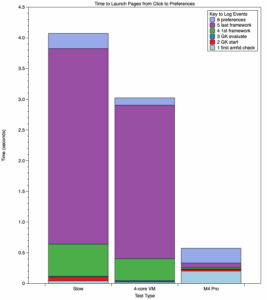The mythical griffin was not inspired by a horned dinosaur, study concludes

Enlarge / Painting of a gryphon, or griffin, a lion-raptor chimera from ancient folklore. (credit: Mark Witton)
The gryphon, or griffin, is a legendary creature dating back to classical antiquity, sporting the body, legs, and tail of a lion and the wings, head, and front talons of an eagle. Since the 1980s, a popular “geomyth” has spread that the griffin’s unique appearance was inspired by the fossilized skeleton of a horned dinosaur known as Protoceratops. It’s a fascinating and colorful story, but according to the authors of a new paper published in the journal Interdisciplinary Science Reviews, there is no hard evidence to support such a connection.
“Everything about griffin origins is consistent with their traditional interpretation as imaginary beasts, just as their appearance is entirely explained by them being [mythological] chimeras of big cats and raptorial birds,” said co-author Mark Witton, a paleontologist at the University of Portsmouth. “Invoking a role for dinosaurs in griffin lore, especially species from distant lands like Protoceratops, not only introduces unnecessary complexity and inconsistencies to their origins, but also relies on interpretations and proposals that don’t withstand scrutiny.”
There are representations of griffin-like creatures in ancient Egyptian art dated to before 3000 BCE, while in ancient Greek and Roman texts the creatures were associated with gold deposits in Central Asia. By the Middle Ages, griffins were common figures in medieval iconography and in heraldry. The hippogriff named Buckbeak in Harry Potter and the Prisoner of Azkaban is a related mythical creature, the product of a griffin and a mare.




